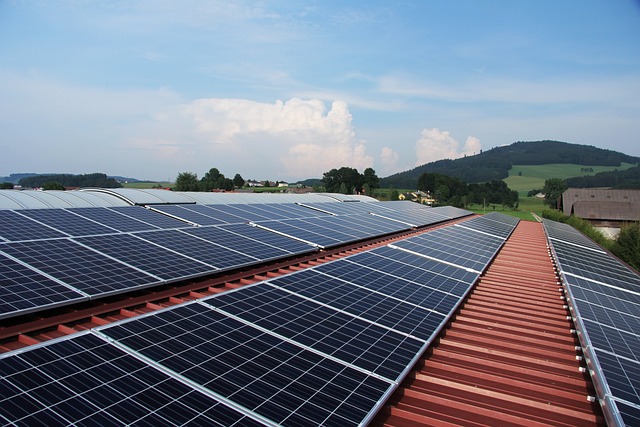As Maryland continues to push towards renewable energy, solar power remains a pivotal part of the state’s energy strategy. With an increasing number of households and businesses making the switch to solar, Maryland is making significant strides towards reducing its carbon footprint. If you’re considering joining this solar revolution, here’s a comprehensive guide to help you navigate your solar journey in the Old Line State.
Understanding the Benefits of Going Solar in Maryland
1. Financial Savings
One of the primary motivations for Marylanders to switch to solar is the cost savings on electricity bills. Over time, the upfront cost of installing solar panels is offset by the reduction in utility bills. With the average electricity rate often above the national level, investing in solar can lead to substantial savings.
2. Environmental Impact
Solar energy is clean and renewable, helping to reduce reliance on fossil fuels and lower greenhouse gas emissions. This shift is vital in combating climate change and promoting environmental sustainability in Maryland.
3. Increasing Property Value
Homes equipped with solar energy systems have been shown to increase in value. Prospective homebuyers in Maryland are often attracted to properties with solar installations due to the potential for lower energy costs.
4. State and Federal Incentives
Maryland offers several financial incentives for solar installations, including tax credits, rebates, and grants. The Federal Investment Tax Credit (ITC) also allows you to deduct a significant percentage of your solar costs from your federal taxes, providing substantial cost savings.
Key Steps to Going Solar in Maryland
1. Assess Your Solar Potential
Before anything else, determine if your home is suitable for solar panels. Factors such as roof condition, orientation, and shading play crucial roles. Tools like Google Project Sunroof can provide a preliminary analysis of your property’s solar potential.
2. Understand Your Solar Options
Maryland residents can either buy or lease solar panels. Purchasing panels provides the most long-term savings and benefits, though it requires an upfront investment. Leasing, on the other hand, offers a lower initial cost and maintenance responsibilities are generally handled by the leasing company.
3. Choose a Reliable Solar Installer
Selecting a reputable installer is crucial, especially when considering the importance of transitioning towards a more sustainable energy source. Look for certified and licensed professionals, with good reviews and a strong track record in the industry. It’s advisable to get quotes from multiple companies, including Renewable Energy Advisors, to ensure competitive pricing and service offers that align with your renewable energy goals.
4. Navigate Permits and Paperwork
Your solar installer will typically handle the necessary permits and applications for your solar system, including coordination with local utilities and compliance with Maryland’s solar regulations. However, staying informed about the process can be beneficial.
5. Installation and Inspection
Once permits are approved, installation can proceed. This process usually takes a few days, depending on the complexity of your system. After installation, an inspector will need to review the system and give approval before it can be connected to the grid.
6. Maintenance and Monitoring
After your system is up and running, ongoing maintenance is minimal. Most systems come with monitoring software that allows you to check your system’s performance. Regular inspections and cleaning can help maintain high efficiency.
Leveraging Maryland’s Solar Incentives
Maryland’s Renewable Portfolio Standard (RPS) is particularly ambitious, aiming for 50% renewable energy by 2030. This commitment is supported through various state-specific incentives such as:
Residential Clean Energy Rebate Program: Offers rebates for eligible solar photovoltaic systems.
Solar Renewable Energy Credits (SRECs): Residents can earn and sell credits for the electricity their systems generate.
Property Tax Exemption for Solar: Improvements from solar installations are exempt from state property taxes.
Conclusion
Going solar in Maryland is not just an environmentally sound decision; it’s also financially wise due to the state’s favorable incentives and high electricity rates. With proper planning and understanding, Maryland residents can effectively make the transition to solar, gaining energy independence, and contributing to a healthier planet.








Recent Comments